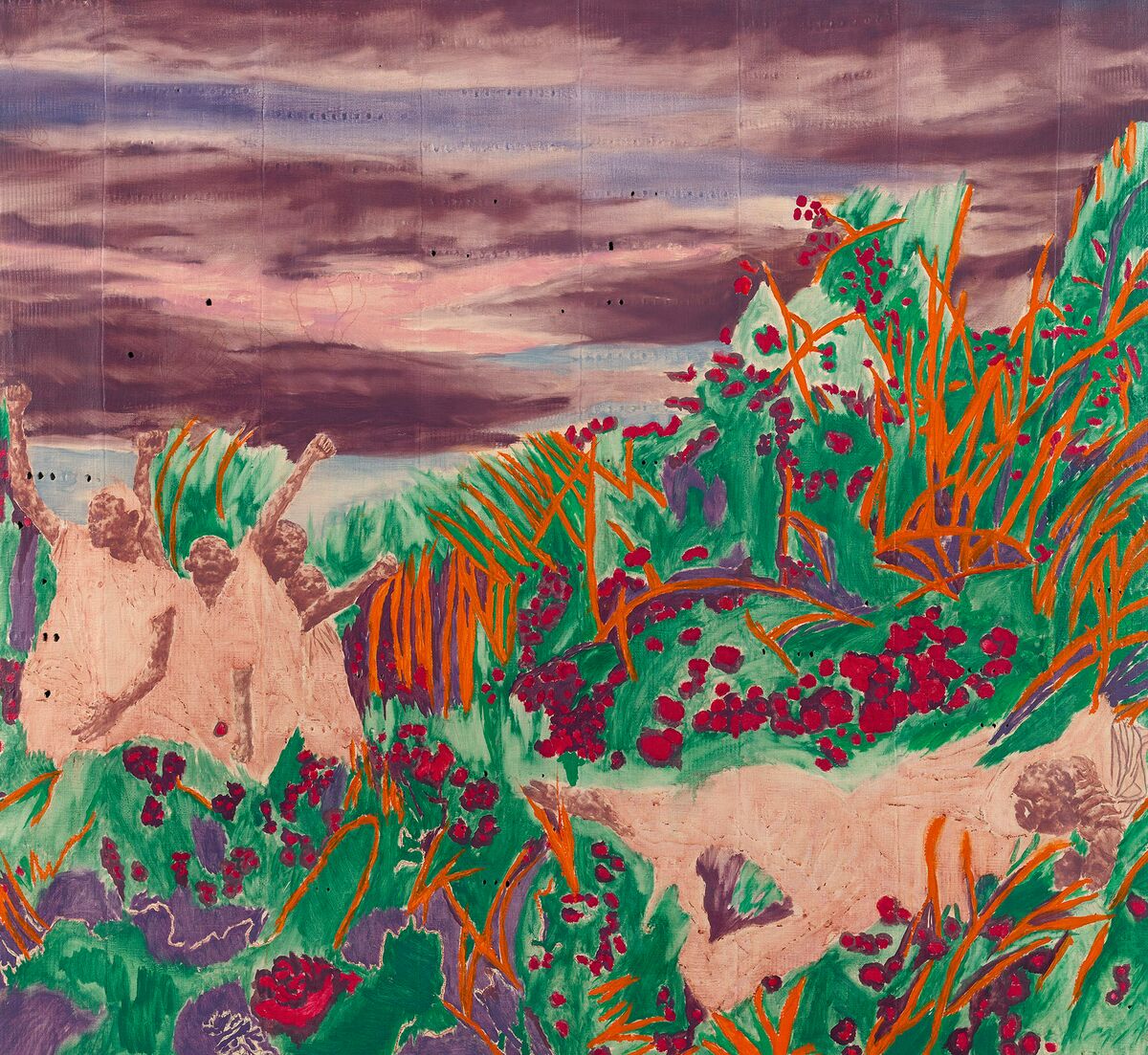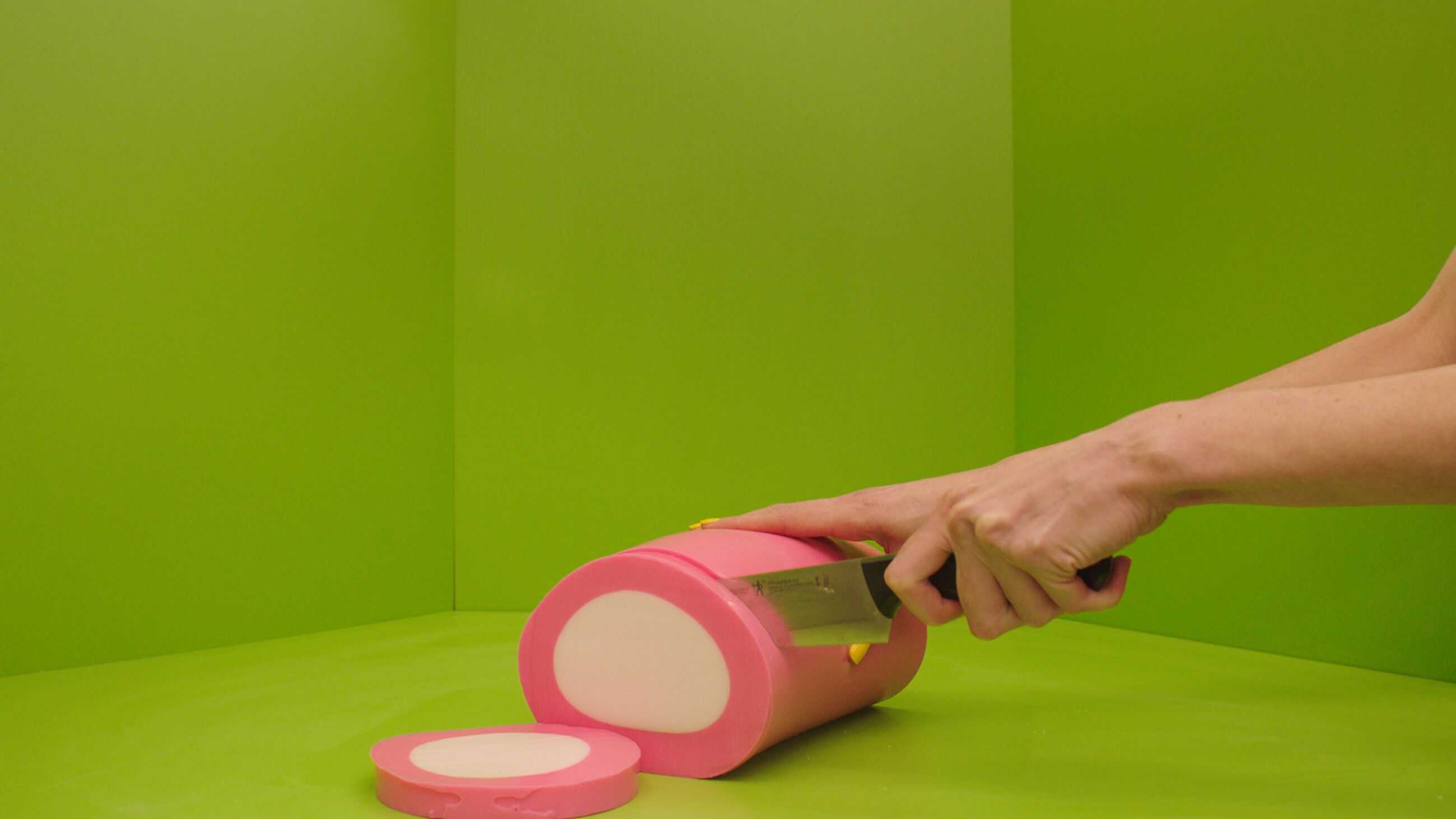Teachers’ Notes: Thomas J Price
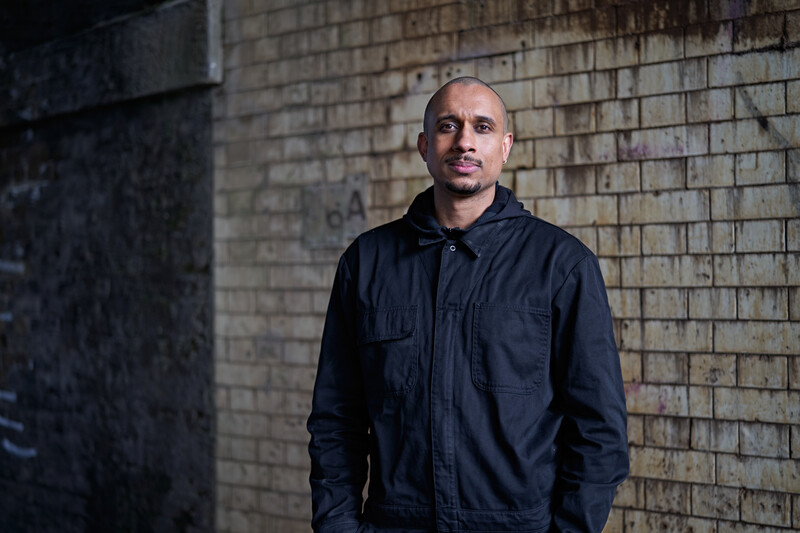
Portrait of Thomas J Price. Courtesy Thomas J Price Studio
Teachers’ Notes: Thomas J Price
This resource has been produced to accompany the exhibition ‘Thomas J Price. Thoughts Unseen’ at Hauser & Wirth Somerset from 2 Oct 2021 – 3 Jan 2022.
About Thomas J Price
Born in 1981 in London, Thomas J Price studied at Chelsea College of Art and then the Royal College of Art. Price works across disciplines including photography, performance and sculpture with much of his work addressing power and representation within society. Price has exhibited widely in the UK and internationally, including solo exhibitions at the Yorkshire Sculpture Park, West Bretton (2014), National Portrait Gallery, London (2016) and The Power Plant Contemporary Art Gallery, Toronto (2019). Price’s sculptures have been installed publicly in The Line, London (2020) and The Donum Estate, California (2020). Price has been commissioned to install a public artwork celebrating and honouring the Windrush Generation outside Hackney Town Hall, London due to be unveiled on 22 June 2022.
What are the major themes within Thomas J Price’s work?
Representation
Price uses many of his works to address ideas of representation; who are we representing within society and who are we overlooking? Price’s sculptures critique our preconceived notions of public monuments. They have a composite identity formed by images and people he sees on the street. Often the figures are wearing casual clothing and standing in a deliberately candid pose, such as ‘Reaching Out’, where the figure is presented looking at her mobile phone.
Price describes these works as ‘sculptures about statues’ as they draw from both classical sculpture, with its emphasis on the human form, and the role of the monument in Western Art to celebrate and memorialise figures both living and deceased. Price’s works subvert the expectations of subject, attire and pose, and in so doing bring into question viewer expectations and socially learned values, they draw out ‘thoughts unseen’, the title of the exhibition.

Thomas J Price, Reaching Out, 2020 © Thomas J Price. Courtesy the artist and The Donum Estate. Photo: Robert Berg
Scale
The artist’s most celebrated works to date stand at over nine feet tall and are normally presented directly on the ground, with no large base or plinth. The scale of these larger-than-life figures gives them an implicit sense of monumentality that is offset by the everyday subject and the potential proximity of the viewer in the absence of a plinth. In other works Price uses a reduced scale to create sculptures such as his ‘Nude’ series, allowing viewers to respond to the characters as both a depiction of a person and simultaneously an object.
Ambiguity
Price aims to make work which is open to interpretation, describing many of the artworks in his practise as deliberately ambiguous. He often uses ambiguity to encourage viewers to approach and respond to works in a way that allows them to complete the story. The anonymity of the subjects gives space for the viewers to project identities they recognise onto the figures; maybe they see themselves, a friend or a relative within the work, or maybe their unconscious biases.
What materials are Thomas J Price’s artworks made from?
Price uses bronze in some of his sculpture, a medium the artist describes as the ‘material of power’ owing to its use within statues of powerful, often military, figures from history. The bronze works are often made using a technique known as the ‘lost wax method’, where objects are completely surrounded by a mould, which allows the artist to repeatedly cast the same work in multiple editions. The artist has also used traditional aspects such as gilding and gold leaf, that give the sculptures a sense of high value. For the ‘Numen’ series Price used an aluminium composite, a ‘modern’ metal more readily associated with technology, (e.g. phones and aircraft) than with sculpture. Throughout his career Price has also made photographic works on paper, animation and film works.

Installation view, Numen (Shifting Votive 2), The Power Plant, Toronto, Canada, 2019. Courtesy the artist and The Power Plant. Photo: Toni Hafkenscheid
What does the exhibition look like?
The exhibition sits across the Rhoades and Bourgeois Galleries and features a selection of sculptures, performance and film. It features the series ‘Numen (Shifting Votive 1, 2 & 3)’, three aluminium sculpted heads, raised on marble plinths to eye level. Other sculptural works explore specific social experiences: ‘Lay It Down (On The Edge Of Beauty)’, Price’s first sculpture of a female, highlights black women’s experiences of discrimination through their relationship with hairstyles.
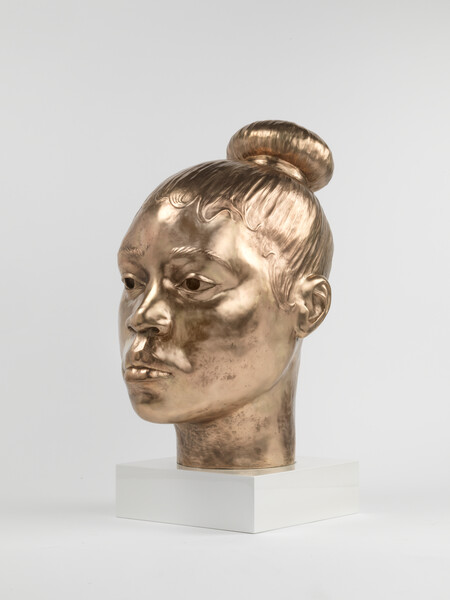
Thomas J Price, Lay It Down (On The Edge Of Beauty), 2018 © Thomas J Price. Courtesy the artist
The exhibition will also show film and video works such as ‘From The Ground Up’, a dual monitor video installation, showing sets of different styles of footwear being meticulously cleaned, laced and polished. Once completed these are replaced with another set to begin anew.
What other artists does his work relate to?
Matthew Day Jackson (born 1974) is an American artist whose multifaceted practice encompasses sculpture, painting, collage, video and installation.
Rashid Johnson (born 1977) creates work in a wide range of media to explore themes of art history, individual and shared cultural identities, personal narratives, materiality, and critical history.
Simone Leigh’s (born 1967) practice incorporates sculpture, video, and installation; all are informed by her ongoing exploration of black female-identified subjectivity.
Bharti Kher (born 1969) is a contemporary artist who has worked across painting, sculpture and installation. Through her practice she has explored the body, its narratives, and the nature of things.
Nicole Eisenman (born 1965) is a French-born American artist known for their oil paintings and sculptures.
Cindy Sherman (born 1954) and Roni Horn (born 1955) – who both deal with perception and identity issues in ways that links to Price’s practice.
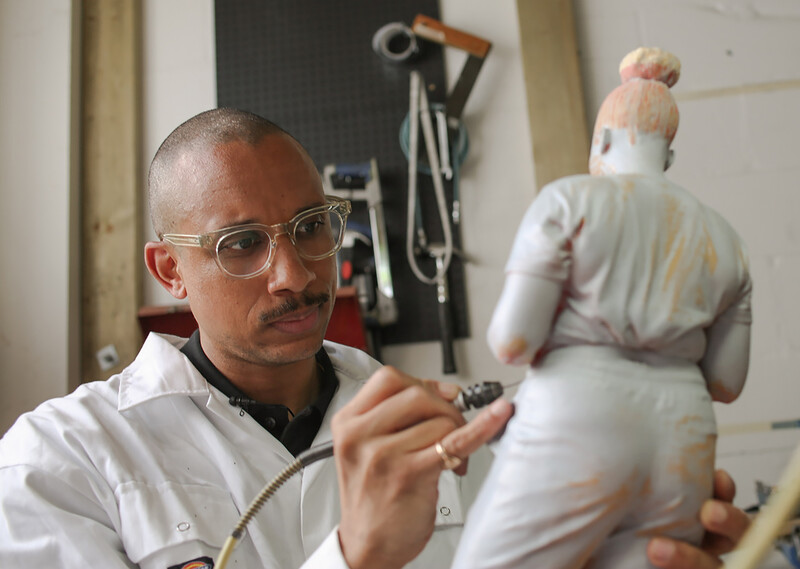
Thomas J Price. Courtesy of The Line, London. Photo: Adam Kaleta
GLOSSARY
Ambiguity
The quality of being open to more than one interpretation.
Anonymity
The condition of being anonymous; lack of outstanding, individual or unusual features.
Bronze
A yellow or brown alloy of copper and tin, sometimes with small amounts of other metals such as lead or zinc. Bronze is harder than brass and is used both in industry and in art.
Gesture
A movement of part of the body, especially a hand or the head, to express an idea or meaning.
Interpretation
The way in which we perceive and then explain a work of art.
Lost Wax Casting
One of the oldest forms of casting, Lost Wax Casting or ‘The Lost Wax Method’ is used to create exact cast replicas of objects, often used by artists to create multiple editions of the same work.
Minimalism
Minimalism attempts to strip everything down to its essential quality and achieve simplicity.
Monument
A statue, building, structure or site designated to commemorate a notable person or event.
Plinth
A heavy base supporting a sculpture or statue.
Pose
A physical attitude, especially one deliberately adopted for or represented by an artist or photographer.
Power Structures
The systems present within society, either visible or invisible, which affect who has access to power and how it is used.
Representation
Representation refers to who is shown and highlighted within society and how they are displayed, referred to, seen and heard.
Scale
The relative size or extent of something.
Sculpture
Three dimensional artworks created using carving, casting or modelling techniques.
Questions for discussion Here are some questions you can ask your class to prompt discussions about the work:
Do you think we should represent people of power within public sculptures and monuments?
Are there better ways to commemorate achievements?
Look at one of the sculptures in the exhibition, who do you feel that person is, what do you think their life is like? What does your answer reveal about you?
Choose a sculpture you feel you can relate to, who does it remind you of, do you recognise yourself or anyone you know in the work?
Think about the scale of the artworks you’re looking at, do the taller ones make you respond to the characters differently to the smaller ones? Why do you think this is?
Supplemental Research
Thomas J Price Website News Story: ‘Thomas J Price joins Hauser & Wirth’ The Guardian: Reaching Out
Resources
1 / 10
